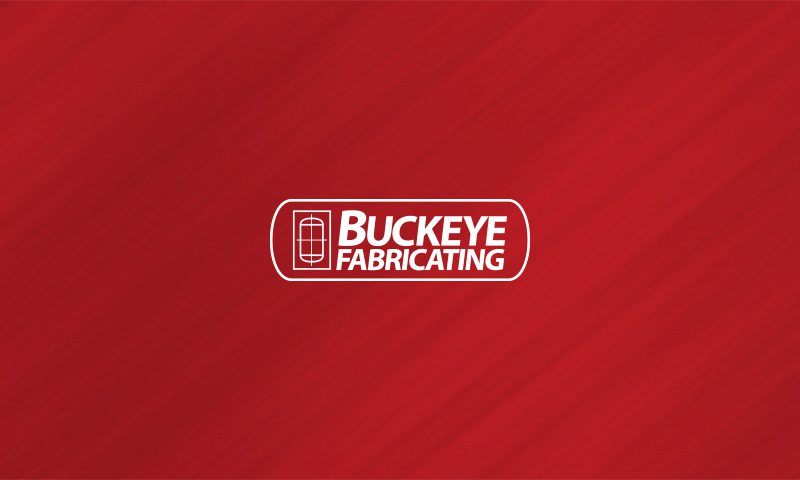The history of the American Society of Mechanical Engineers extends back to the tail end of the industrial revolution. Since that time, there have been numerous cases that have caused the ASME to revise its standards and practices from an engineering standpoint. In the last forty years, there have been four major incidents that have caused the ASME to update its code due to these events and the eventual results from investigations.
Four Incidents of Concern
Since its inception, the ASME has continually revised and updated its code to meet the standards and practices necessary to maintain safe operation. While there have been literally hundreds of incidents over the hundreds of years, four over the past fourth years have had a significant impact on the code. Two incidents, Chernobyl and Fukushima, were in the nuclear industry and two, BP Deep Water Horizon and the Piper Alpha disaster in the oil industry. All four incidents represent a series of minor problems that eventually led to a larger and more catastrophic event. While some of the initial problems were beyond the control and scope of the ASME code, there were in each case one or more smaller impacts that could be potentially altered the outcome and necessitated alterations to the ASME code been in place and followed.
Chernobyl
The Chernobyl disaster was the worst nuclear power plant accident in history causing 31 deaths and it’s long term effects are still causing problems for survivors. The accident was caused by “the operators’ actions in turning off the Emergency Core Cooling System, interfering with the settings on the protection equipment” (INSAG Report).
Fukushima Daiichi
The Fukushima nuclear disaster occurred in March 2011 and is the second worst nuclear power plant accident in history causing some 300,000 citizens to be evacuated. The Commision in charge of investigating the causes of the disaster found that it was man made and all of its causes were forseeable.
Deep Water Horizon
The Deep Water Horizon was an offshore oil drilling rig which exploded on April 20th 2010 causing the largest oil spill in US waters. The spill was caused by “a flawed well plan that did not include enough cement between the 7-inch production casing and the 9 7/8-inch protection casing.” The spill lasted until July 15th after an estimated 4.9 million barrels of oil had been discharged.
Piper Alpha Disaster
The Piper Alpha disaster which occurred on July 6th 1988 is the deadliest oil rig accident in history, killing 167 of the 228 workers stationed on the rig. The Cullen report formed to uncover the cause of the tragedy found that the operator of the rig Occidental Petroleum, had used inadequate maintenance and safety procedures which resulted in the explosion.
Addressing The Icidents of Concern
Chernobyl and, to a lesser extent, Fukushima represent a watershed event in human history and along with that the ASME. Twenty five years after Chernobyl and with the ongoing struggles at Fukushima, the ASME has offered several alterations to codes concerning construction of repositories and the attempts at remediation. (Source) In contrast, the Piper Alpha disaster resulted in the addition of changes concerning life cycles of secondary tier components and identification of key failure points and performance indicators. (Source) In the five years since the BP Deep Water Horizon blowout, the emphasis has been on addressing issues with complex system failures. Where the systems have grown in complexity, that the reliance on said systems to act as a measure of safety is reduced but the confidence in the systems increases, resulting in a safety to reality gap that is potentially hazardous. Since small concerns are certain to occur, a safety/complex systems gap ensures these will not be addressed and thus accidents such as the Deep Water Horizon can happen. (Source)
While the American Society of Mechanical Engineers code is not mandatory, many nations around the globe have taken it upon themselves to codify ASME standards and practices, as well as parts of the specific code, into law. Thus revisions or changes can have a reverberating effect around the world. Therefore, it is incumbent on each individual who works in an area of industry covered by the code, to at least be aware of the it and its implementation. Understanding the code, standards and practices of the ASME is important for the overall success of any company, engineer or project leader.



 ASME Informational
ASME Informational Tank Materials
Tank Materials